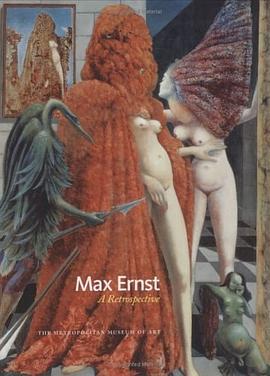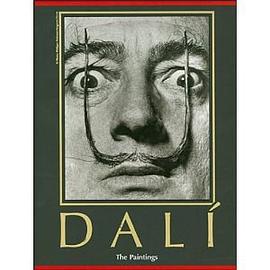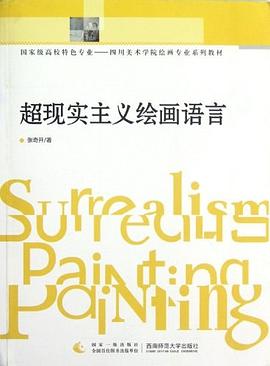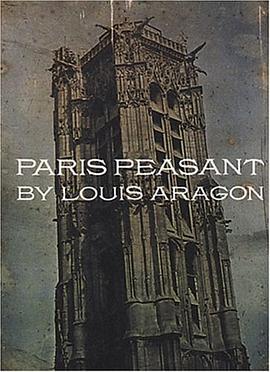

Max Ernst (1891–1976) was a pivotal figure in the history of twentieth-century art. A leader of the Dada movement in Germany, he later joined the circle of writers and artists gathered in Paris around André Breton, the unofficial founder of the Surrealist movement. At the outset of World War II, Ernst fled Germany for the United States, first going to New York and eventually settling in Sedona, Arizona. Ernst returned to Europe in 1950 and continued to explore Surrealist imagery and methods throughout his life.
This important book accompanies the first retrospective exhibition of Ernst’s work held in the United States in thirty years. It examines his pioneering accomplishments in painting, collage, and sculpture and considers his use of the techniques of frottage, grattage, and decalcomania. Also featured are Ernst’s unique collage novels--narratives comprising disparate images culled from nineteenth-century engravings and combined in surreal, unsettling compositions. Leading scholars write on various aspects of Ernst’s life and art: Werner Spies on Ernst in America; Ludger Derenthal on Ernst and politics; Pepe Karmel on Ernst and contemporary art; Thomas Gaehtgens on Ernst and the old masters; and Robert Storr on the collage novels.
具体描述
读后感
评分
评分
评分
评分
用户评价
马克斯.恩斯特
评分马克斯.恩斯特
评分马克斯.恩斯特
评分马克斯.恩斯特
评分马克斯.恩斯特
相关图书
本站所有内容均为互联网搜索引擎提供的公开搜索信息,本站不存储任何数据与内容,任何内容与数据均与本站无关,如有需要请联系相关搜索引擎包括但不限于百度,google,bing,sogou 等
© 2025 book.wenda123.org All Rights Reserved. 图书目录大全 版权所有




















